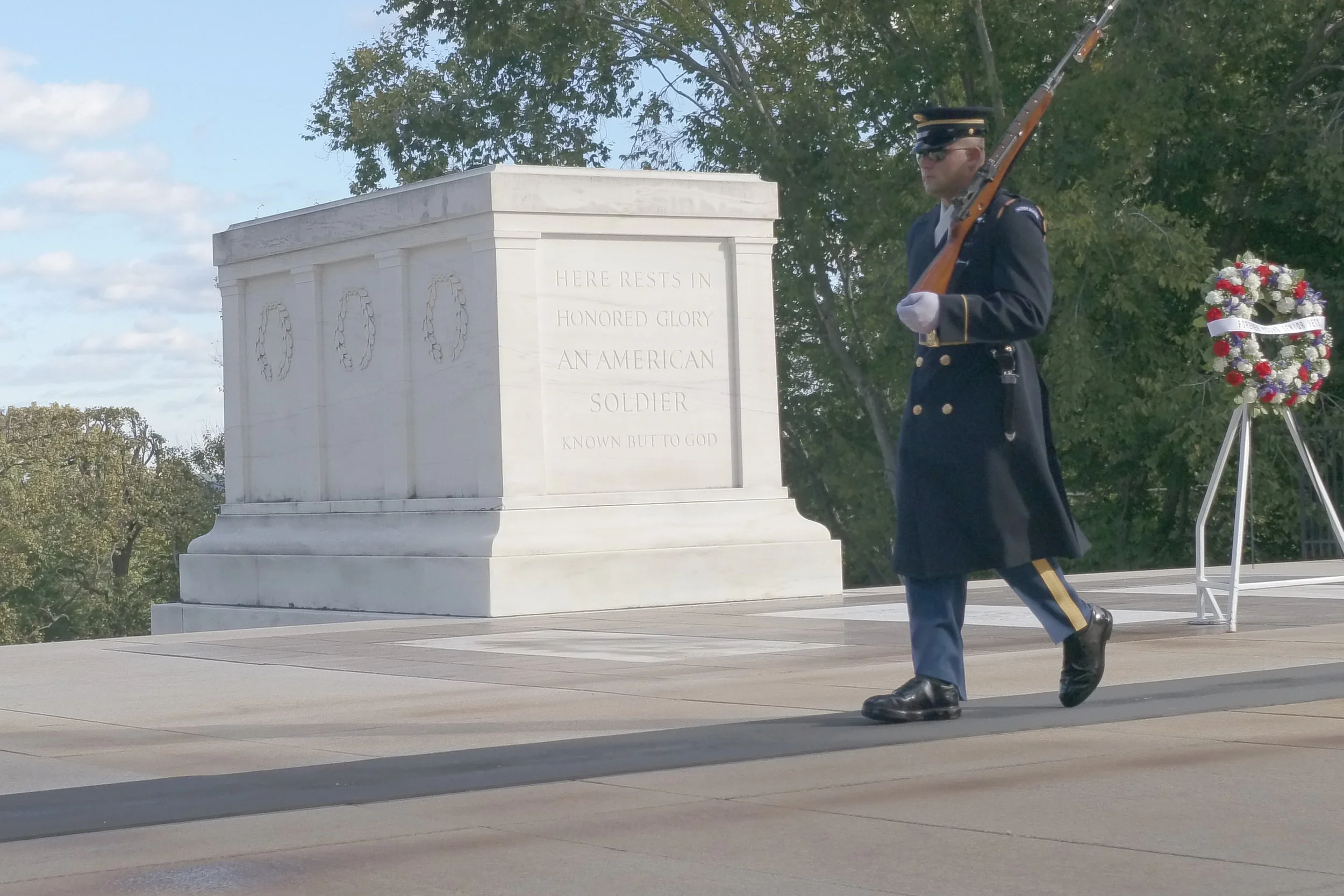Mt. Vernon
General George Washington is almost a mythical figure that we learn about in elementary school. A paragon of virtue, crossing the Delaware, and never telling a lie. Visiting Mount Vernon was an opportunity to learn more about him as a man, as well as a deeper understanding of his contributions to this country , not only as the general, but as the first president and precedent setter to peaceful transition of power.
Main house.
George was a fourth generation Virginian, which I found quite intriguing. He was also quite frustrated with the British army, who in spite of his courageous successes in the French and Indian War, never offered him a commission. Unlike his older brothers, he did not study in England, and as a young boy of 11 he had to make a life for himself after the death of his father. Not too surprising that he had more loyalty to the Colonies than to Mother England.
Luckily for George, he married well. Martha brought quite a bit of wealth from her personal fortune after the death of her first husband. My take away were that President Washington really preferred riding his horse and overseeing the plantation, rather than all the political intrigue. He also enjoyed creating his own gristmill distillery, which still exists today. Perhaps he is not just the father of our country, but the father of our whiskey?
Beyond the history and learning experiences, the property itself is just lovely. Sitting right on the edge of the Potomac river, across from 80 acres of undeveloped land controlled by the National Park System, you almost feel that you are still in Washington’s time. It is not hard to imagine how happy he was to return from the capitol, and to retire into private life.
He did own slaves throughout this lifetime, and is the only one of our founding fathers who freed them all upon his death. Mt. Vernon was saved from ruin by the dedicated efforts of local women leaders who raised money to create a foundation to preserve this precious historical property, after the federal and state governments rejected the offer to buy it. As times have changed, so have the exhibits and the information. Today there is a great deal of information about slavery at the property, as well as a memorial to the enslaved people who worked and died there.
My final thoughts were, why the heck did Martha not free her slaves after she died, and why was he the only founding father who had the moral courage to evolve his thinking, reject slavery, and set the courageous example of truly adhering to the “proposition that all men are created equal?”
A memorial to the enslaved people
A view of the Potomac River












